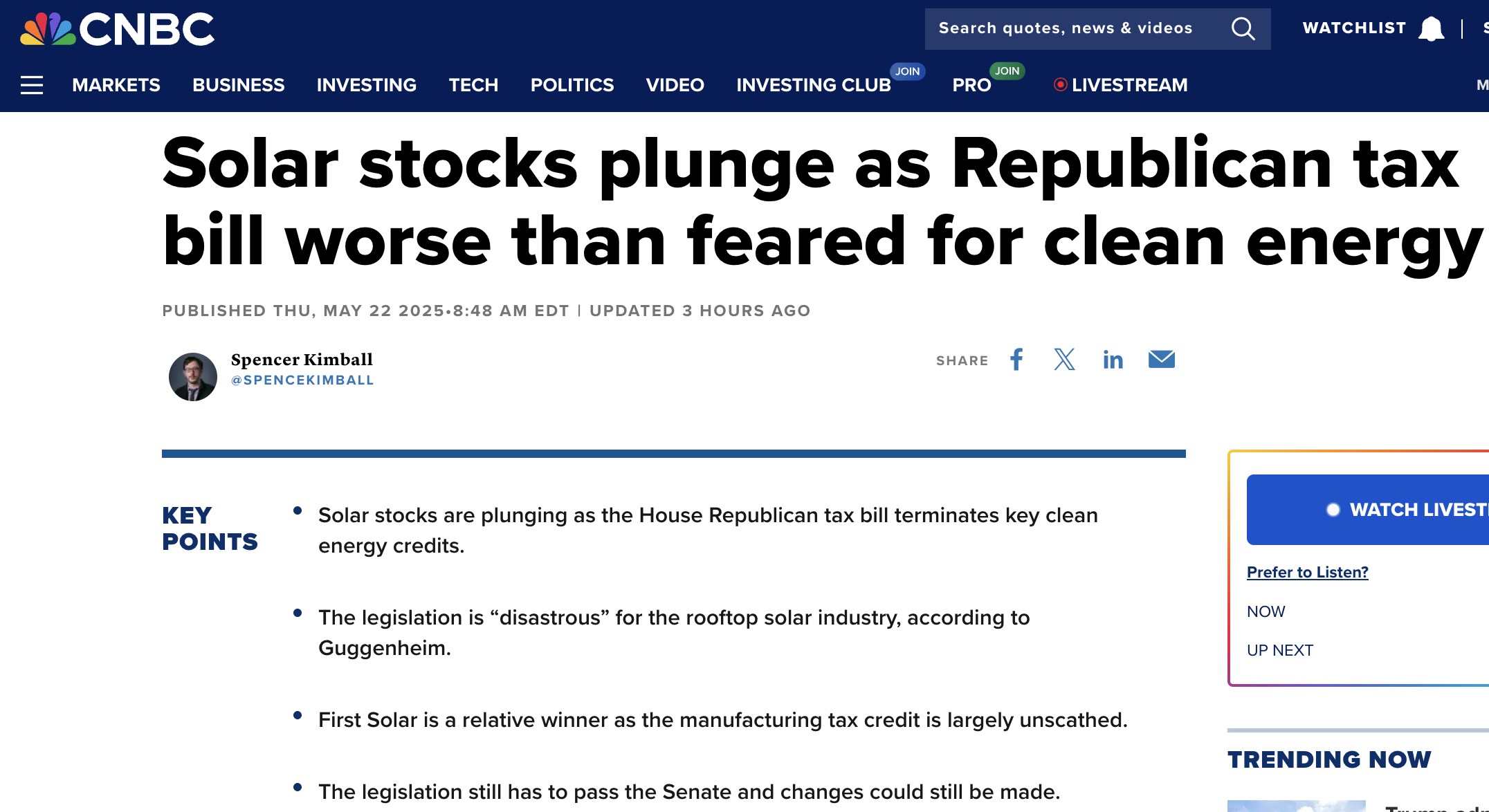The “I’ll never fly again and I’ll get a vasectomy to save the planet” guy, Eric Holthaus, flips out over weather. The guy’s a credentialed meteorologist, but turns a short term regional weather pattern into long term climate. Sad, just sad.
by Mike Bastasch
Warm air made its way up to the high Arctic in the last few days, driving temperatures up to 20 degrees above average.
While it’s not unusual for Arctic temperatures to spike in winter, news drove a wave of speculation about whether the Arctic has reached a global warming tipping point.
Environmental writer Eric Holthaus claimed on Sunday the high Arctic “at its warmest wintertime temperature ever measured” between November and early March.
At this moment, the Arctic is at its warmest wintertime temperature ever measured. (between early November and late March)
A shocking sign of our Earth’s accelerating planetary fever. https://twitter.com/ZLabe/status/967838618252320768 …
Warm moist air from the Pacific and Atlantic oceans have warmed up the Arctic above the 80th parallel. It should be noted, however, that the Arctic circle actually starts at 66 degrees North, meaning the record heat is over a much narrower area.
Greenland hit 6 degrees Celsius on Saturday, 35 degrees above average. The Sydney Morning Herald reported that parts of Greenland were warmer than most of Europe — a little misleading since Europe is engulfed in freezing winter temperatures.
So, how unusual is this?
Cato Institute atmospheric scientist Ryan Maue looked at high Arctic temperature data going back to 1958 shows that warm spikes are nothing new. An EKG-like pattern is clearly visible in the data, but there is a warming trend. Data before the satellite-era — 1976 — has some problems, so it’s hard to say the current spike is for sure a record. Most of the Arctic warming has come during the winter months, Maue said.
Looking at >80°N polar cap, recent “warm spike” event has peaked & from a simple eyeball analysis, is the highest peak at least in the past 60-years. However, assuming even small uncertainty in historical reanalysis, can’t say for certain vs. pre-satellite era events e.g. 1976.
Looking at >80°N polar cap, recent “warm spike” event has peaked & from a simple eyeball analysis, is the highest peak at least in the past 60-years. However, assuming even small uncertainty in historical reanalysis, can’t say for certain vs. pre-satellite era events e.g. 1976. pic.twitter.com/6lMHAb1YlM
However, since background Arctic was much colder in late 1970s, the exceptional “warm spike” peaks during 1976-77 may be more “anomalous” for that climate. It doesn’t negate the extreme nature of the most recent “warm spike”, however. But context for attribution is important.
NASA sea ice expert Alek Petty said heat from the North Atlantic and North Pacific have hit the Arctic in the past, but told Earther events like this now resemble “a heat wave on steroids” because of global warming.
“The key is they’re happening more frequently, lasting longer and their intensity is increasing,” Petty said. “It’s this triple whammy of factors.”
Warm air from the North Pacific has eaten away at sea ice in the Bering Strait between Alaska and Russia. Sea ice levels are at a record-low for the Arctic as a whole. Satellite records go back to 1979.
Originally published at The Daily Caller. Content created by The Daily Caller News Foundation is available without charge to any eligible news publisher that can provide a large audience.






